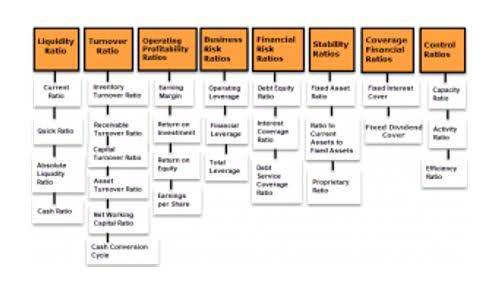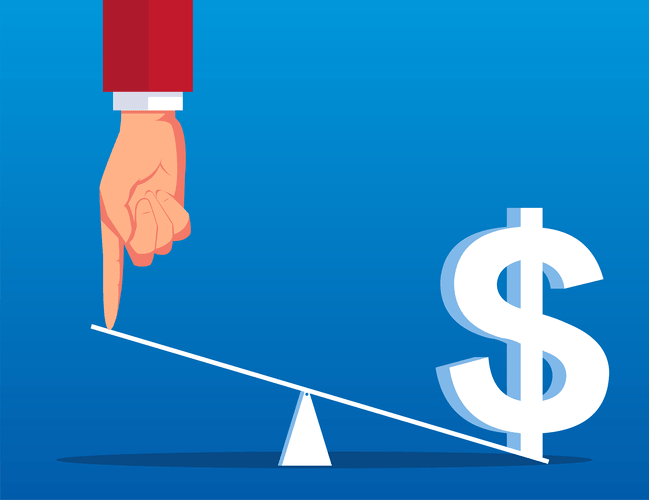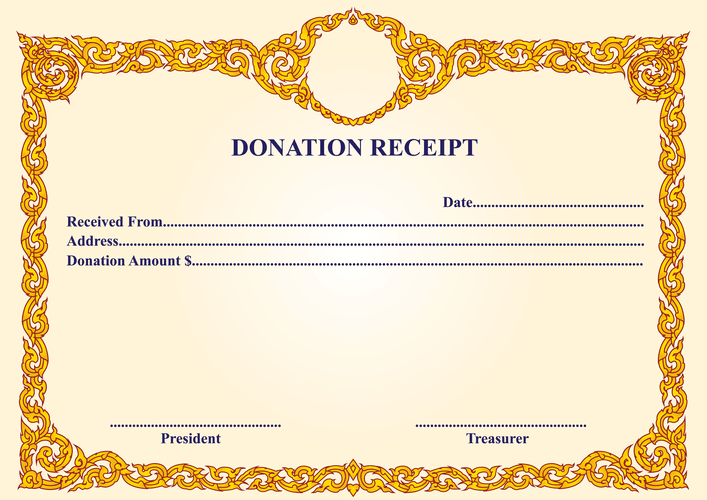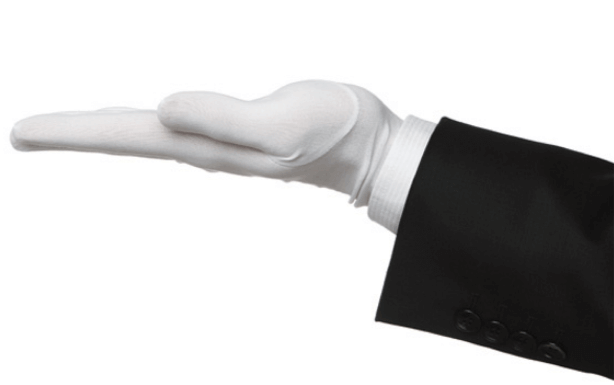Depreciation Methods Formulas Examples

On the other hand, with the double declining balance depreciation method, you write off a large depreciation expense in the early years, right after you’ve purchased an asset, and less each year after that. The most basic type of depreciation is the straight line depreciation method. So, if an asset cost $1,000, you might write off $100 every year double declining depreciation method for 10 years. This gives you the annual depreciation rate if you were using the straight-line method.
DDB Depreciation Formula
As depreciation expenses decrease over time, net income gradually increases. As seen in the formula of declining balance depreciation above, the company needs the deprecation rate in order to calculate the depreciation. Hence, it is important for the management of the company to determine the depreciation rate that can allow the company to properly allocate the cost of the fixed asset over its useful life. The double declining balance method accelerates depreciation, resulting in higher expenses in the early years, while the straight line method spreads the expense evenly over the asset’s useful life. Each method has its advantages, suited to different types of assets and financial strategies.
Is the double-declining balance method allowed under Generally Accepted Accounting Principles (GAAP)?

This method helps businesses recognize higher expenses in the early years, which can be particularly useful for assets that rapidly lose value. The double declining balance method is an accelerated depreciation technique, while the straight-line method allocates an equal amount of depreciation expense over the asset’s useful life. Another advanced consideration when utilizing the double declining balance method is the time-value of money (TVM).
Salvage value in declining balance depreciation

This accelerated method adds the years of the asset’s life into a sum and uses this sum as a denominator. Each year, you depreciate the asset by a fraction that has the remaining life of the asset as the numerator. Straight-Line method is very simple and common method of calculating depreciation by dividing the total assets petty cash cost (after deducting any salvage value) by its expected useful life. This method is widely used by most companies given that this method is very simple to calculate.
In that case, we will charge depreciation only for the time the asset was still in use (partial year). Like in the first year calculation, we will use a time factor for the number of months the asset was in use but multiply it by its carrying value at the start of the period instead of its cost. After the first year, we apply the depreciation rate to the carrying value (cost minus accumulated depreciation) of the asset at the start of the period.

Yes, businesses can switch methods if they find another one suits their needs better. The total expense over the life of the asset will be the same under both approaches. Continuing with the same numbers as the example above, in year 1 the company would have depreciation of $480,000 under the accelerated approach, but only $240,000 under the normal declining balance approach. By accelerating the depreciation and incurring a larger expense in earlier years and a smaller expense in later years, net income is deferred to later years, and taxes are pushed out. If the double-declining depreciation rate is https://dev-ranakhan24.pantheonsite.io/how-to-become-a-self-employed-accountant-the-5/ 40%, the straight-line rate of depreciation shall be its half, i.e., 20%. Therefore, it is more suited to depreciating assets with a higher degree of wear and tear, usage, or loss of value earlier in their lives.
The double declining balance formula
- Depreciation allows businesses to match the expense of using an asset with the revenue it helps generate, which provides more accurate financial reporting.
- The depreciation rate can vary based on the different types of fixed assets.
- The starting point for determining the DDB rate is the straight-line depreciation rate, calculated by dividing one by the asset’s useful life in years.
- As we can observe, the DBM results in higher depreciation during the initial years of an asset’s life and keeps reducing as the asset gets older.
As a result, depreciation expenses are higher in the earlier years and decrease as the book value diminishes. This method is particularly advantageous for assets like technology or vehicles that lose value quickly or become obsolete. It also aligns expenses with the asset’s usage and may reduce taxable income in the early years by front-loading depreciation. Depreciation is a fundamental concept in accounting that affects both financial statements and tax calculations.

It’s ideal for assets that quickly lose their value or inevitably become obsolete. This is classically true with computer equipment, cell phones, and other high-tech items that are generally useful earlier on but become less so as new models are brought to market. An accelerated method of depreciation ultimately factors in the phase-out of these assets. For comparison’s sake, this is what XYZ Company would book for depreciation expense every year under the straight line depreciation method versus double declining balance depreciation method.
Related Posts
What is a Budgeted Income Statement? And How to Prepare it?
The budgeted income statement might show a substantial rise in marketing expenses to support theRead More
Normal account balance definition
When an account has a balance that is opposite the expected normal balance of thatRead More
What is a Budgeted Income Statement? And How to Prepare it?
The budgeted income statement might show a substantial rise in marketing expenses to support theRead More
Comments are Closed